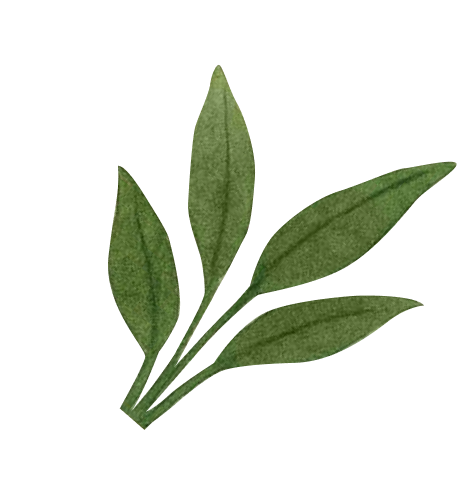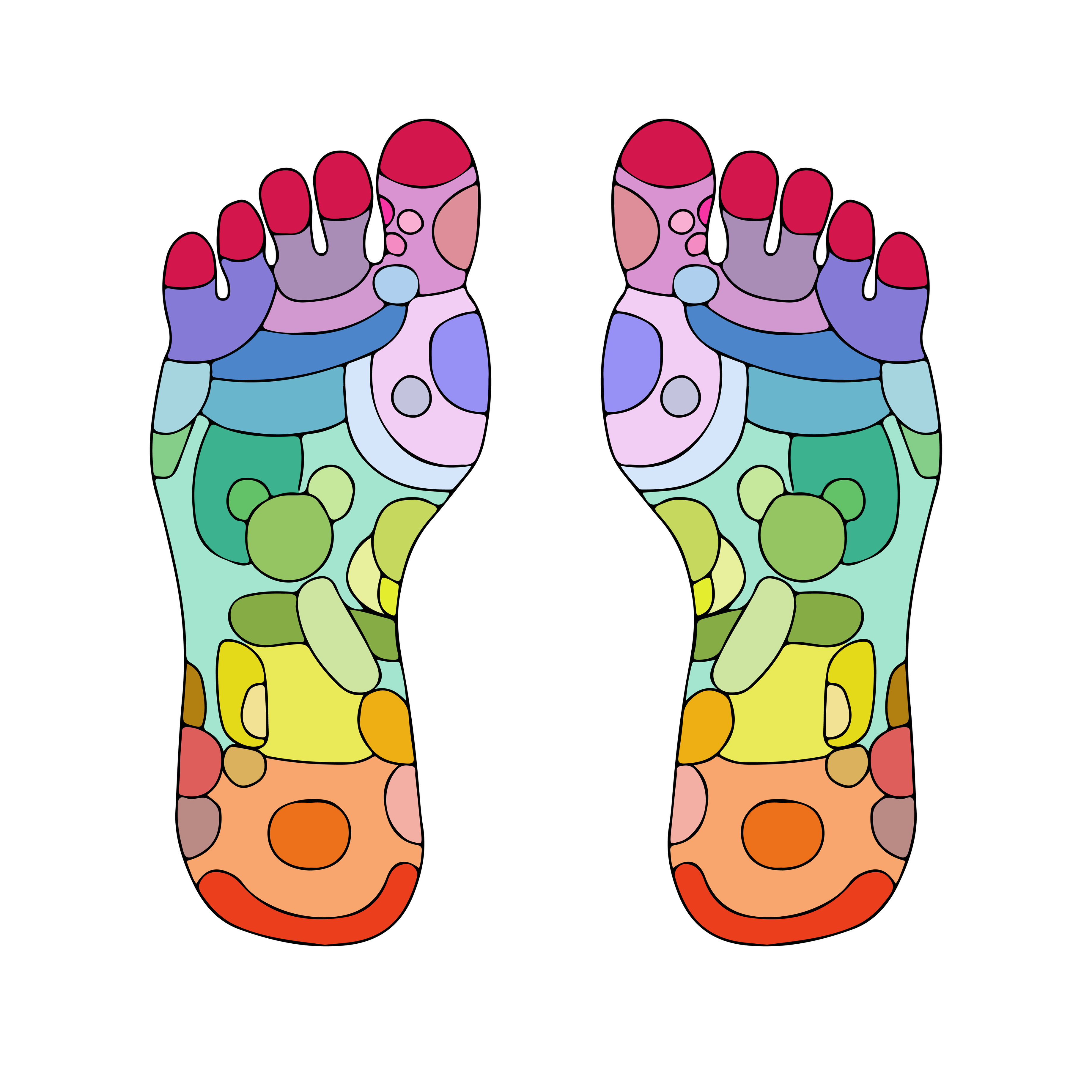Massage around the world: A History of Modern Massage
October 01, 2022
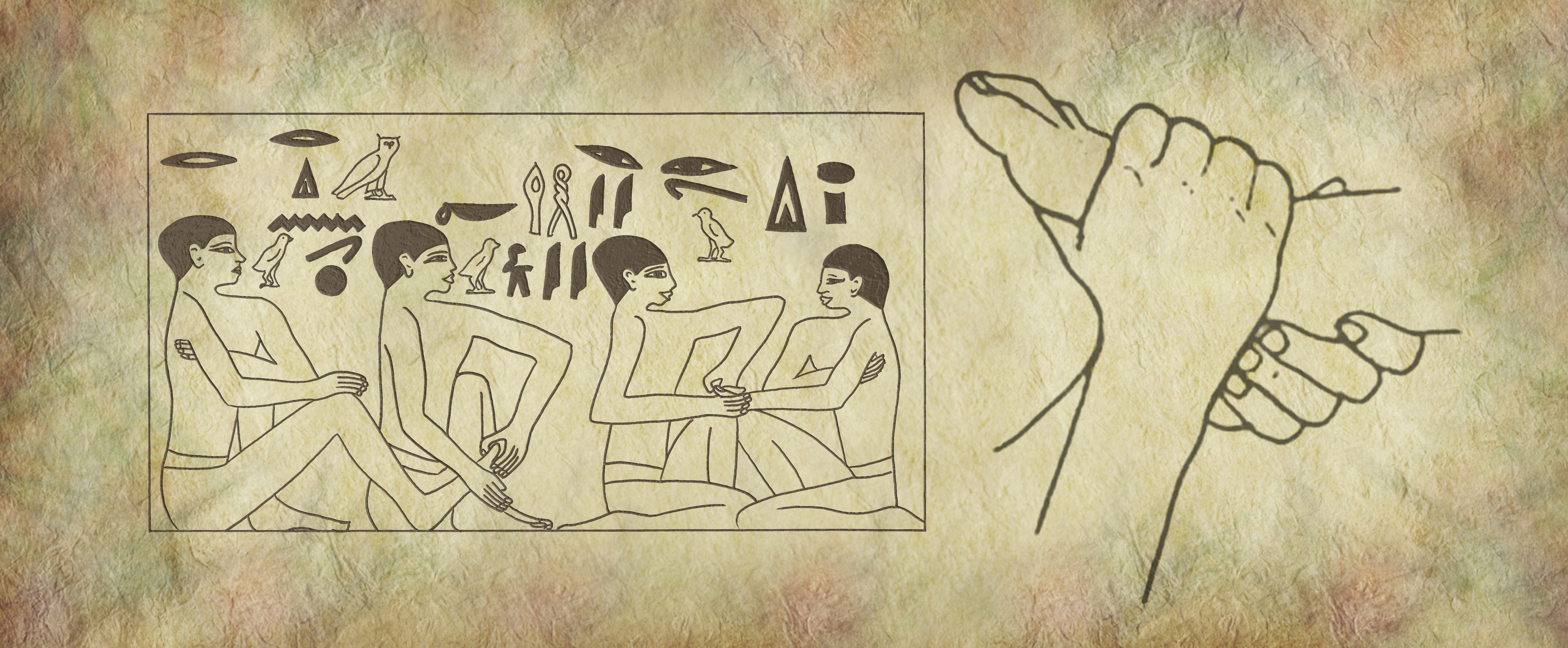
Everybody knows that Thailand offers the best and the cheapest massages; Sweden has Swedish massage, and Chinese medicine has been using techniques like acupressure and lymphatic drainage massage for thousands of years. But what about the other countries? Despite what common knowledge would suggest, massage has been performed since ancient times by civilisations in Babylon (modern-day Iraq), China, India, Egypt, and Greece.
Today, people all over the world practice and
receive various forms of massage, taking full advantage of massage's rich
history. In this article, we'll be taking a deep dive into this fascinating historical knowledge, touching on ancient civilisations such as Ancient
Egypt and even studies of massage in Native American tribes. Keep reading to
learn about the history of massage around the world.
Ancient Egypt
Archaeologists
have found evidence of massage dating from more than four thousand years ago in
Egypt. As a civilisation with a rich history of worship, Ancient Egyptians
probably relied heavily on their mythologies to develop medical practices such
as massage. However, few details were recorded in those ancient times. By the
late 1500s, though, nobody left the bath without receiving a massage, including
passive movements of the articulations and kneading of the muscles.
Ancient Babylon (Today's Iraq)
Babylon adds significantly to the rich history of massage, as its residents were the first recorded civilisation to practice it. Babylonian massage treatments involved salves, poultices, liniments, and some form of rubbing.
Granted, massage and all types of medicine in
Babylon acted not on the patient but the demon within. To them, medical
procedures were simply a way to force the devil out. This is because, to the
Babylonians, illness was less associated with the body itself than with evil
possession.
China
Ancient Chinese medical practices were first developed from what nature had to offer. Health practitioners relied heavily on plants, trees, animals, and insects to form treatments for disease and pain. From this tradition of minimalist and natural medicine, acupuncture and "anmo" massage emerged. Anmo massage was first developed to keep fingers and toes warm, slowly evolving into "tuina", roughly translated as "hand manipulation therapy", an effective treatment for illness.
Chinese massage practices form the basis of many modern-day massage techniques. In fact, specialised Chinese massage techniques are still used today to promote optimal health and wellness, such as acupressure and lymphatic drainage.
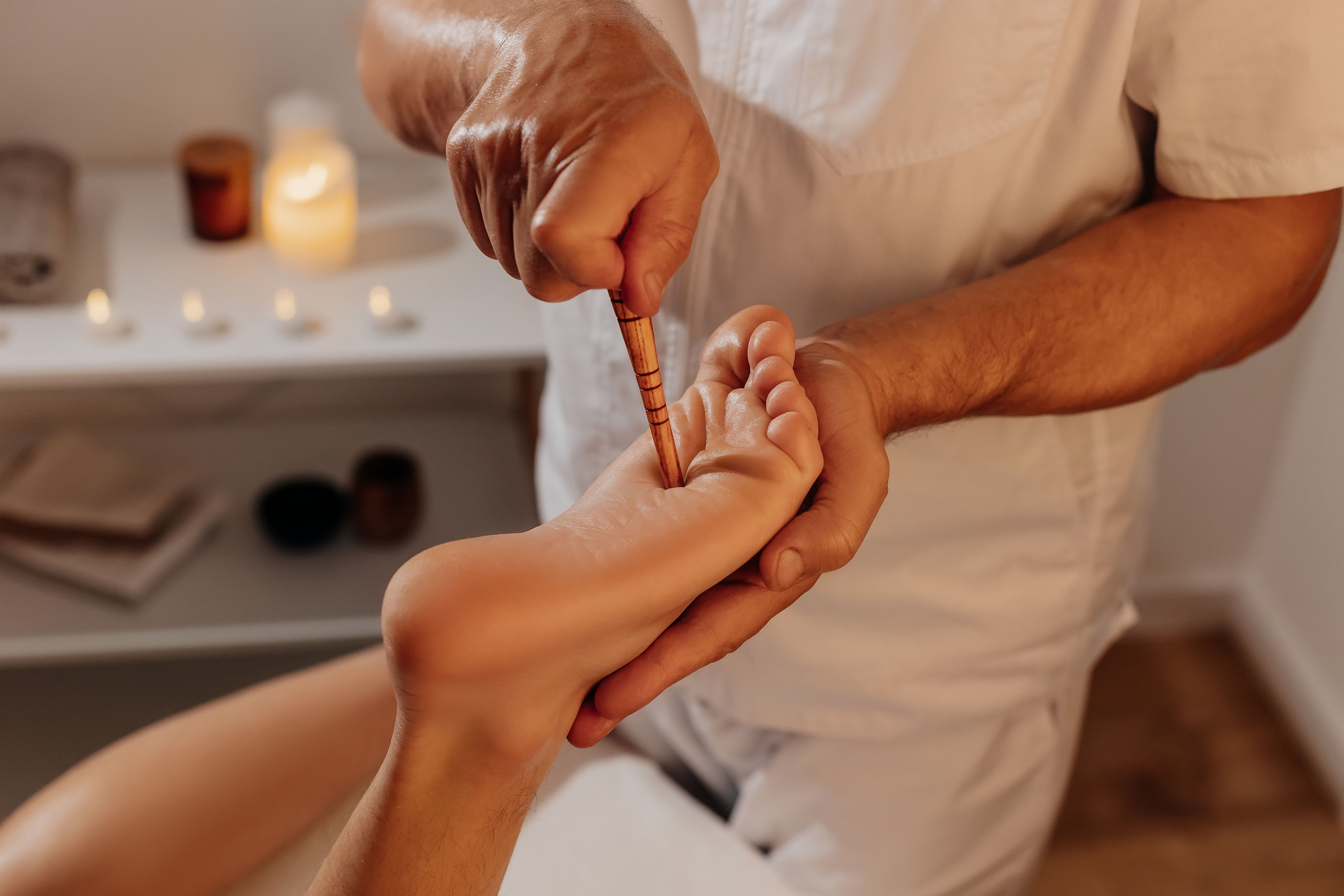
North America
Interestingly, North American massage is said to have begun with the Native Americans. When settlers colonized the continent, many health practices were passed between civilizations - including massage. This didn't look at all like today's technique - It was more of a percussive thumping, kneading, and pushing. In those days, however, massage was not solely a health-promoting practice: Much like the ancient Babylonians, some Native American tribes used their unique form of massage to exorcise spirit demons.
Today, massage has only persisted in a few Native American nations, usually employed during pregnancy and labour, as well as to treat abdominal pains. However, the broader North American population can't get enough. Techniques such as Swedish and deep tissue massage are used to treat everything from anxiety to chronic musculoskeletal pain.
The Philippines
Filipino masseurs have long used massage as a natural healing remedy, accompanied by herbs and magic. The proper Filipino therapeutic massage form is called hilot, a technique similar to Indonesian massage practices involving range-of-motion exercises, strokes moving away from the heart, and sideways cross-fibre rubbing. This technique promotes flexibility, pain relief and increased circulation.
India
India has their own health practices encompassed by a concept known as Ayurveda. In India, practices of medicine were not within the domain of priests, unlike with other traditions. Instead, health practitioners used Ayurveda as a baseline for health knowledge, massage included. However, many of the pillars of Ayurveda promote self-healing, which is why Ayurvedic clinics did not regularly offer massages - People instead gave them to each other. However, they did have "specialists of the tactile arts", who used oils and techniques passed down over centuries. Incidentally, these specialists were often wrestlers.
Hawaii
In Hawaii, a style of massage known as lomi-lomi was used to promote healing for centuries. In fact, in ancient times, it was performed on the king and queen after they had eaten to encourage digestion and allow them to eat more. In 1870, M.D. Douglas Graham wrote about his experience with traditional Hawaiian massage, describing it as a luxurious and health-promoting form of passive motion bestowed upon well-behaved visitors as an act of kindness.
Lomi-lomi is known to relieve stiffness and soreness, promoting sleep to reduce the unpleasant effects of excessive exercise. At times, lomi-lomi would even be used while swimming to shore after shipwrecks, helping those who became exhausted from their efforts to relieve pain and reach the beach.
Today, Hawaiian natives have held on to their massage traditions, practising and teaching lomi-lomi and other aspects of the ancient Hawaiian healing arts. These include using healing herbs, saltwater plunges, and steam baths. If all this doesn't sound like heaven on Earth, I don't know what is.
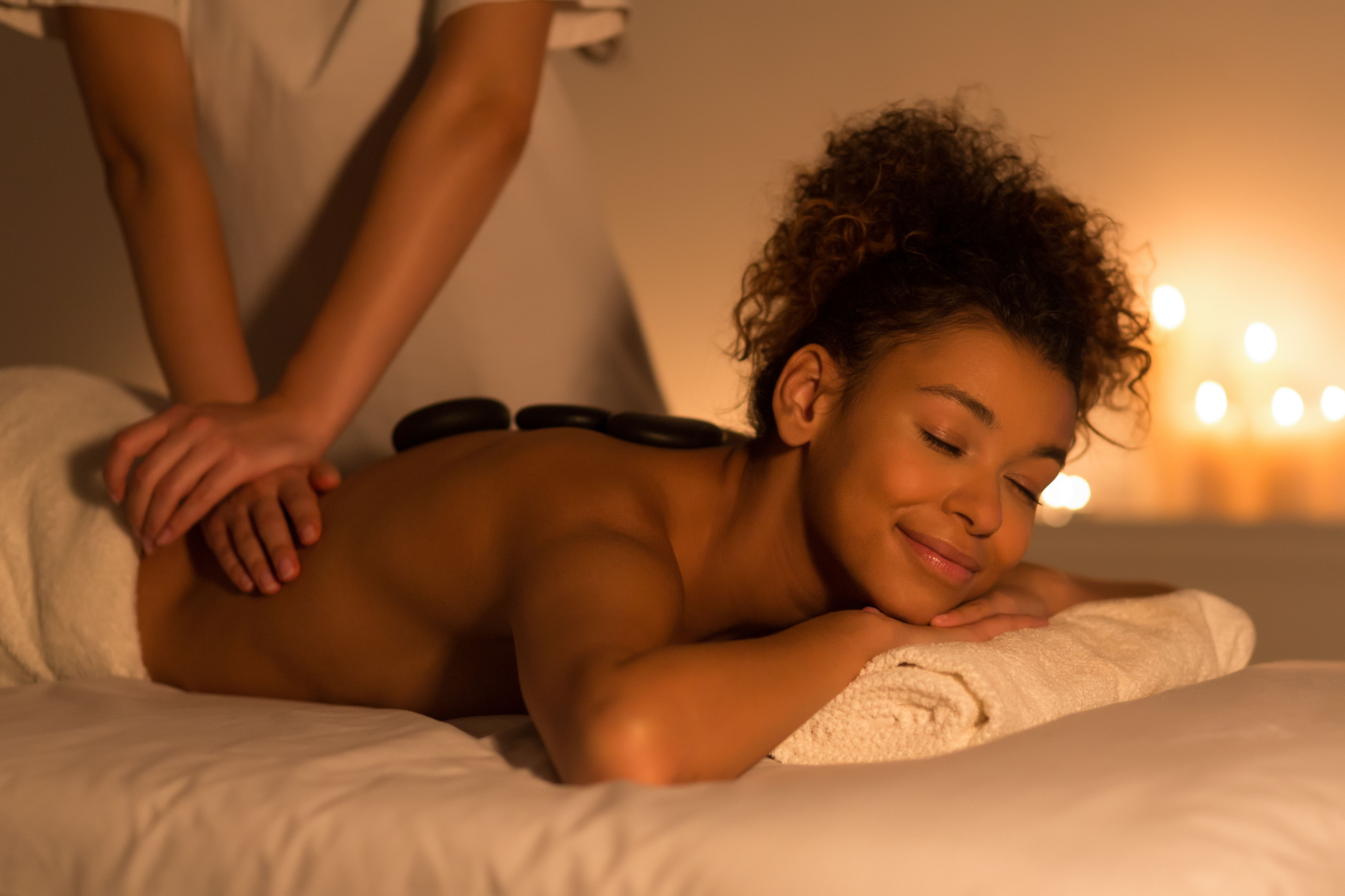
Modern massage for health and wellness
People worldwide use massage for healing and relaxation, with modern techniques treating various ailments. The importance of massage in modern times to promote health and wellness is unmatched by other natural remedies, which is why we are so thankful to those who came before us for beginning and maintaining the wonderful tradition of massage therapy.
Book your next in-home massage with Bigtoe!
Need a massage today?
Same-day massage sessions available near you. Book online and a licensed Bigtoe therapist will be at your door - fast.
Book a Session Now

